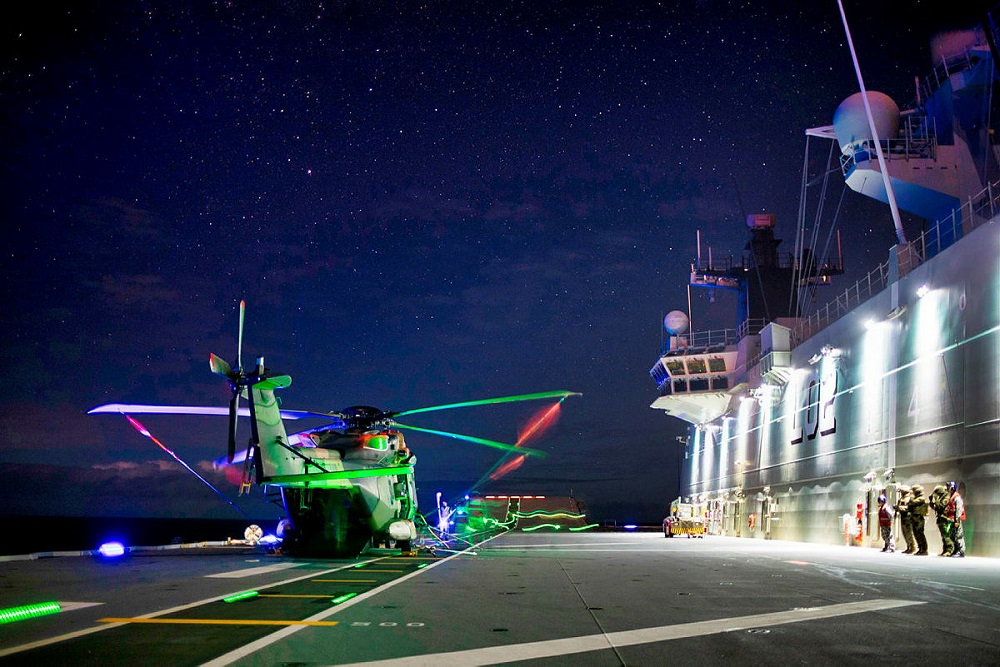
The decision to permanently ground the Australian Defence Force’s fleet of MRH-90 Taipan helicopters was the final chapter in the saga that was Project Air 9000 Phases 2, 4 and 6.
At the time, both contenders (the MRH-90 and the S-70M version of the Blackhawk) were new and somewhat immature and untried designs without many data points on which to base a long-term ownership decision. But rather than conduct a rigorous ‘fly off’ to inform a decision, a less than ideal paper comparison was used to select a preferred option.
The Air 9000 acquisition was meant to be the crowning achievement of the 2002 ADF ‘helicopter strategic master plan’, which was intended to achieve efficiencies in sustainment costs by reducing the number of helicopter types in ADF service. That was good policy but poorly executed, it would seem.
Due to the paper-based appreciation of the two contenders, in 2014 the Australian National Audit Office concluded: ‘Defence was not positioned to readily identify areas in need of developmental work for the respective aircraft, and to confidently inform ministers on the respective strengths and weaknesses of the proposals.’
After the MRH-90 was chosen for its on-paper performance, Defence started to uncover a range of issues and deficiencies as it tested the aircraft. These included (initially):
- difficulties installing the blade pins when folding blades at sea
- incompatibility of the cargo hook for vertical replenishment operations with US and other coalition navies
- failure of the transmission oil cooler fan
- slow alignment of the navigation system
- blade-sail issues while on the deck of a landing helicopter dock
- fragility of the cabin floor
- ingestion of foreign object debris into engines
- cracking of windscreens from debris kicked up on landing in the field.
An obvious lesson is that paper-based appreciations have limitations.
A similar situation of relying on a paper assessment occurred with Land 121 Phase 3B to acquire 2,536 medium and heavy trucks, modules and trailers for the ADF.
As part of the tender process, Defence conducted a tabletop evaluation in 2005–2007 with the assumption that buying trucks would be easy. This approach proved to be flawed, resulting in a second acquisition process being required and contributing to long delays in the replacement of the medium and heavy fleet.
On its second attempt, in 2008, Defence conducted a more effective assessment process using a dedicated test and evaluation (T&E) methodology. This resulted in a completely different vehicle being selected through a rigorous ‘drive off’ of all the contenders.
Had that been done originally, a seven-year delay in the introduction of the capability to service could have been avoided, along with the associated cost and resource implications.
While both of these projects met the then Defence Materiel Organisation’s capability development processes of the day, they have since proved to be inadequate.
A rigorous preacquisition T&E approach would have more than likely uncovered issues and placed the risk of rectification on the equipment manufacturer. Or, it might have driven a different decision.
For some time, Defence practised the acquisition strategy of ‘design, acquire, test’. The problem with this approach is that Defence would recommend to government a preferred option without adequate or real-world information to make a risk-based decision. It also meant that Defence owned the risk when in-service testing would reveal a capability’s inevitable flaws, as with MRH-90.
A better acquisition approach to identify risk and inform decision making is ‘design, test, acquire’. This also enables a better understanding of the capability’s ability to meet the ADF’s configuration, role and environment requirements through acquiring objective quality evidence.
One of the best examples of a recent acquisition using the ‘design, test, acquire’ approach is the successful Anzac anti-ship missile defence upgrade. HMAS Perth was fitted with an entire ship set of this new and very developmental system. It then underwent rigorous testing in Australia and Hawaii to ensure it worked, before the other seven ship sets were purchased and fitted.
Other projects that could have benefited significantly from such an approach include the MU90 torpedo, the G-Wagon, the JP 2008 satellite dishes and the six LCM2000-class landing watercraft. The LCM2000s never entered service because they failed their acceptance and operational T&E and were handed back to the DMO after considerable expense, and after the warranty had expired.
To ensure the government’s defence ‘projects of concern’ list is kept to a minimum, and the taxpayer is receiving value for money, any project proceeding to government without a ‘design, test, acquire’ approach should require an explanation of why.
I should note that this approach isn’t always possible, as with equipment sourced through US foreign military sales (which in any event has usually already been developed and acquired under a US ‘design, test, acquire’ strategy). It is also true that this approach won’t solve or avoid every issue once a capability is in service, but it will reduce the likelihood of unforeseen issues, delays and capability failure.

